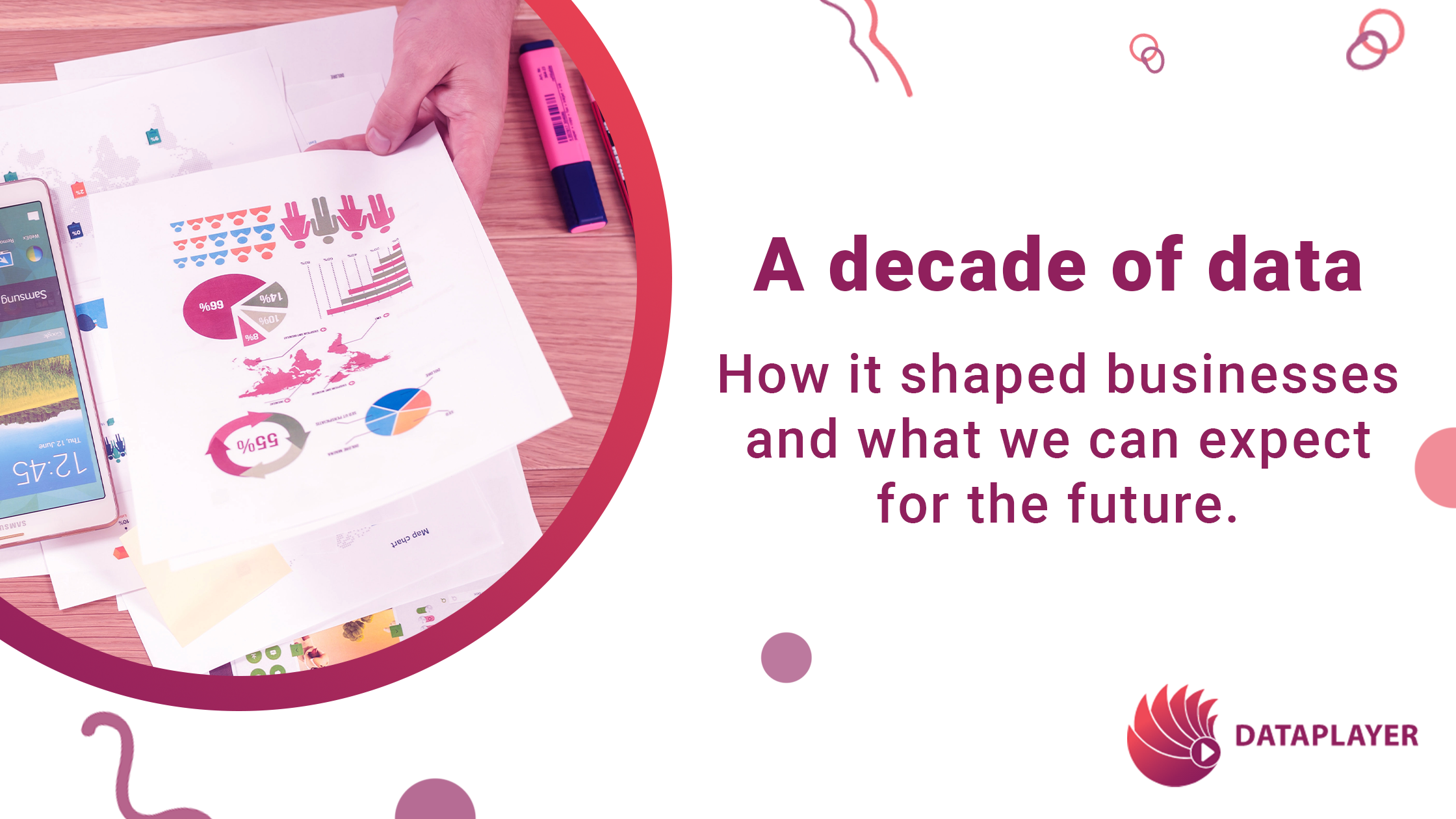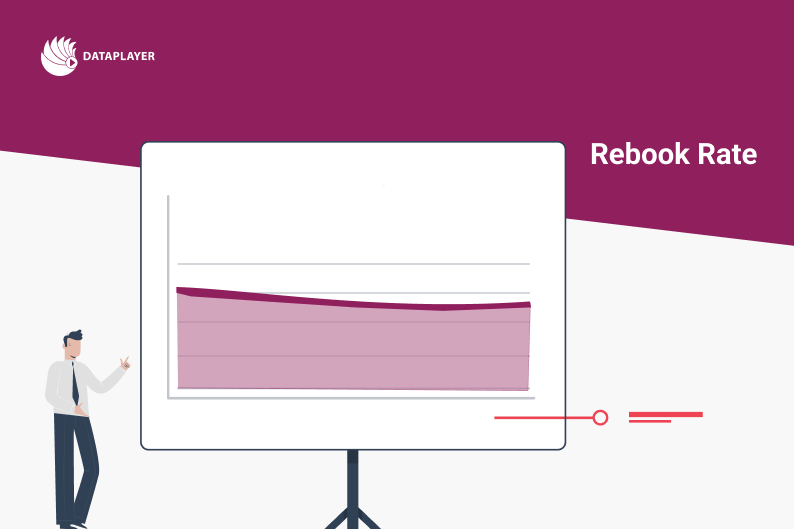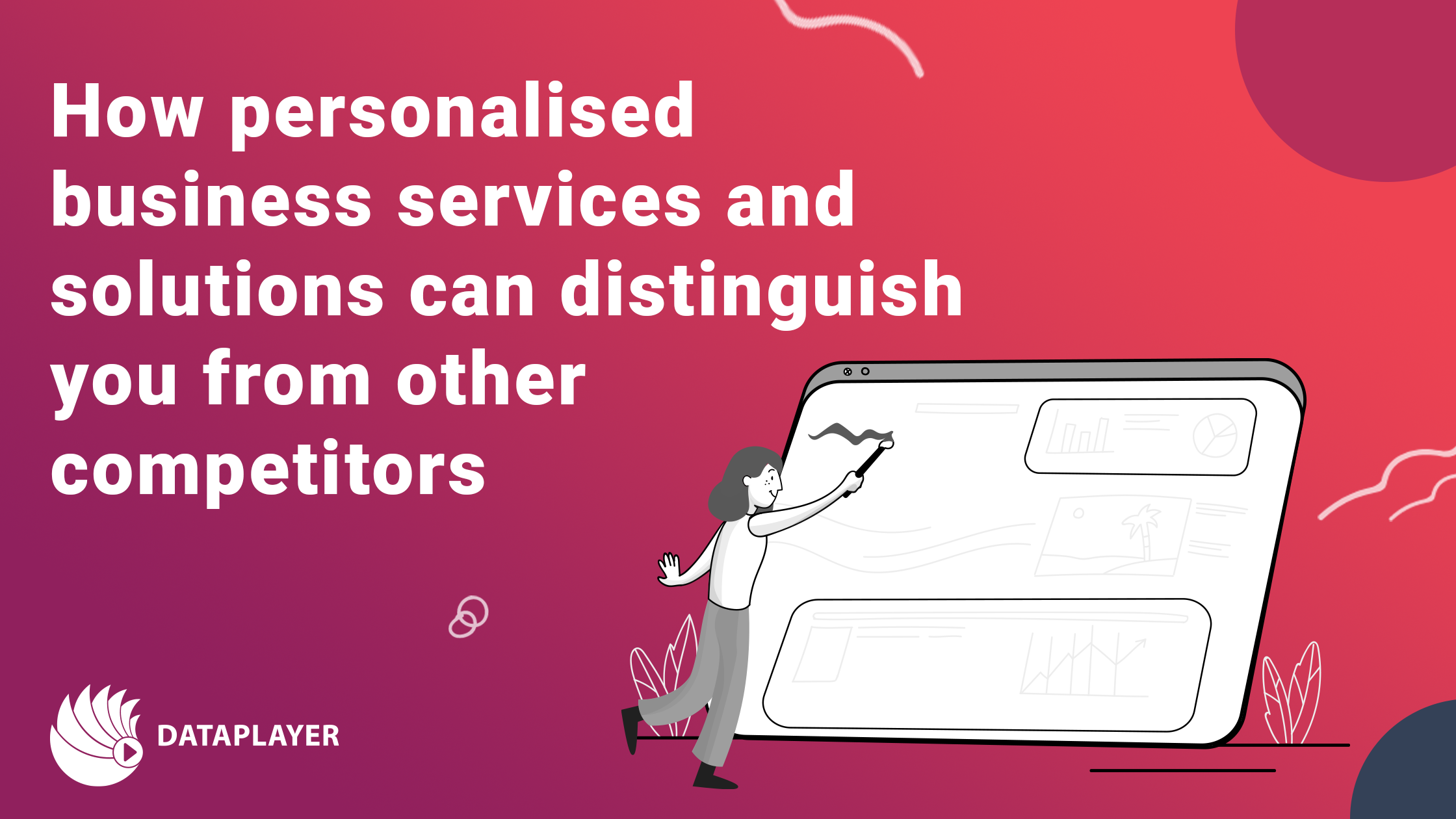A decade of data – How it shaped businesses and what we can expect for the future.
These past 10 years worth of information might have passed by in the blink of an eye. Nonetheless, what we achieved with all that data definitely didn’t.
It set the bar quite high for the revolutionary ways innovation will improve things as we know them.
So, in addition to advanced analytics, cost reduction, and better decision making, what else can we anticipate from the future of data?
We won’t measure everything, but simply what is needed.
KPIs and Targets will remain our best friends.
Knowing how to measure is one of the most pivotal things that businesses have adapted this decade. As we grasped the importance of actually using information, we also explored the overwhelming other side of it, too much information.
If numbers aren’t put into context, they’re but half the story.
There are 2.5 quintillion bytes of data created each day at our current pace, and that pace is only increasing.
We all want to make sure we’re making the right decisions based on data. However, we need to be particularly aware of the way we prioritise and measure it, especially when it comes to putting strategic thinking into use. The clear difference between KPIs and metrics is that key measures will have the most impact on moving your business forward.
In the end, not everything holds the same amount of significance, and data should empower, not intimidate.
Fewer lines of code thanks to the beauty of machine learning.
As we continue to teach and train machines, we will see much of our coding drop away.
Google Translate code base was reduced from 500K lines of code to 500, just by applying machine learning.
But what set of new challenges will this present to the industry?
New strategic and creative ways of solving problems will continue to be the norm
We will still need to understand and know all the processes, but machine learning will simplify our routine tasks.
The new age of awareness in data security and privacy.
The controversy surrounding customer and personal data being misused has been anther trend throughout the 2010s.
Data has been weaponised in various cases, i.e. In swinging elections, with deepfakes, in the over-commercialisation of private information, and that’s just to name a few.
By 2021, cybercrime alone will be a $6 trillion dollar industry, according to Cybersecurity Ventures
As a result, privacy rights have become a top priority for enterprises, consumers and of course lawmakers.
Since data has become a currency for a lot of tech companies, our society will face new challenges and consider various loopholes in order to secure social and economic wellbeing.
The three A’s (Affordability, Accessibility and Adaptability) of data for SMEs.
It’s no surprise that data and emerging technologies seemed quite far-fetched towards smaller businesses when they first made an appearance in the industry.
With complications and high expenses, SMEs could see the potential, yet couldn’t afford using the power of data.
And oh boy did things change quickly!
With SaaS and the raising access to state-of-the-art tools for little fees, businesses of various sizes and stages can now harness those insights easier. And the future of that accessibility will only advance.
Dataplayer strives to have an influential role in this last one. We want to offer your business data analytics, personalised and made as easy as possible, for an affordable price. Check out our new limited pricing for the festivities :
https://dataplayer.io/pricing/.
May your businesses grow and bloom on this next forthcoming decade, cheers from the Dataplayer team!






